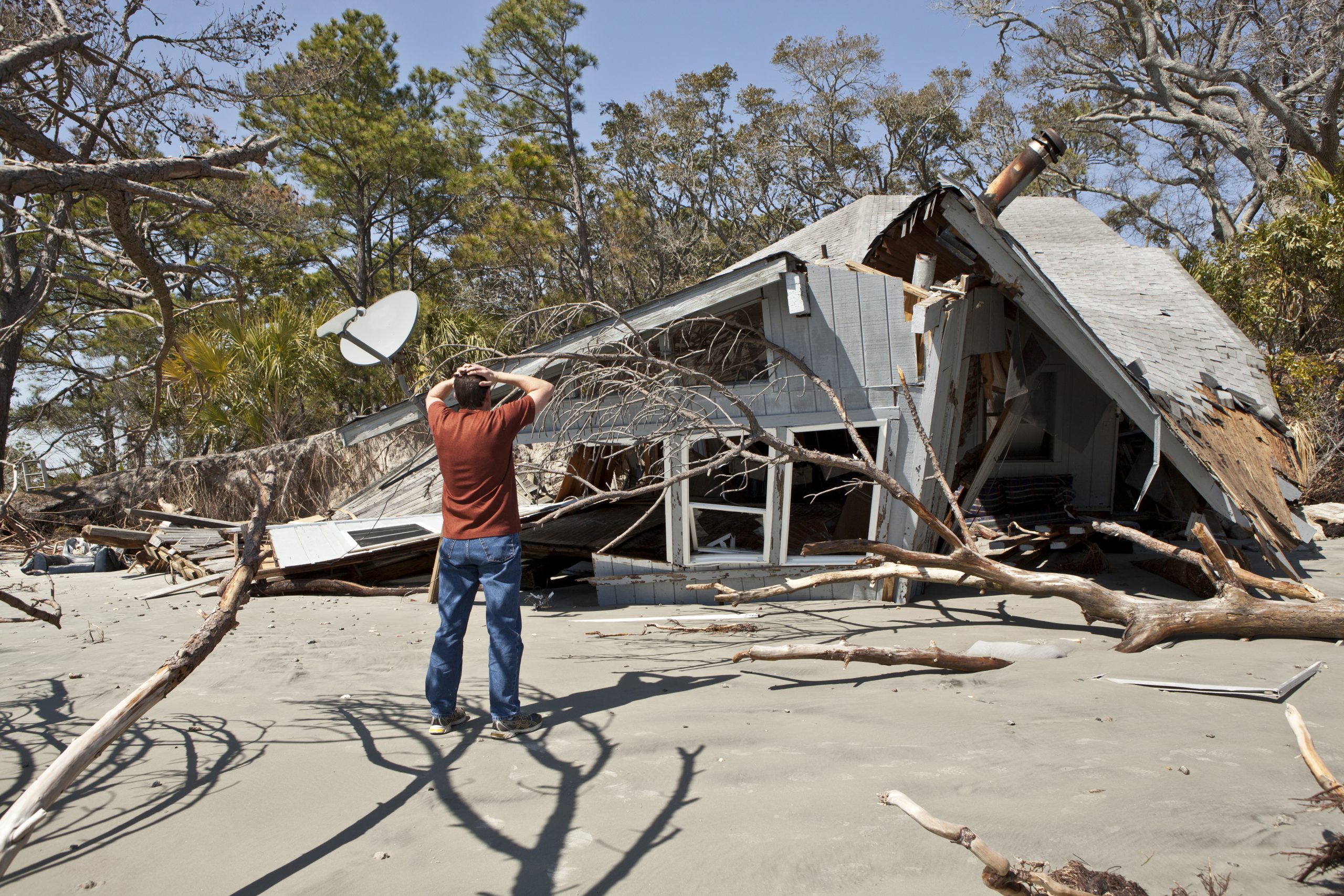There are a number of things a homeowner could—and should—do after a storm. Sometimes you can catch a small problem before it turns into a disaster, or catch a potentially deadly condition before anyone gets hurt.
1. Check power lines. Be sure they’re intact and that nothing’s leaning against them. Look for hanging wires.
2. Inspect each meter—electric, gas and water. Look for damage from falling limbs and debris.
3. As best you can, find safe vantage points to look at every side of the roof. Look along every edge carefully. Make note of anything loose or flapping. Look for damage to any vents, particularly for gas appliances. If the vent is obstructed, it could cause CO2 poisoning.
4. Keep an eye out for displaced wildlife like snakes. Wear shoes! After Irma flooded her yard, one of our clients found an alligator looking for a way out.
5. Once inside, if there is any odor of gas, leave immediately! Do not try to find the source of the leak or turn things off, get out and call 911.
6. Look inside the electric panel to be sure no circuit breakers have tripped. That could be evidence of a leak.
7. Walk around every room and inspect the ceilings for leaks, bulging, and discoloration.
8. Look at every window and door, above and below, for discoloration and cracking. Move window treatments if necessary.
9. Repeat the visual inspection of the interior finishes in 30 days. Sometimes it will take a leak a while to become evident.
10. In the aftermath of a storm, a thorough inspection will set everyone’s mind at ease. It’s what you don’t know that can hurt you.
